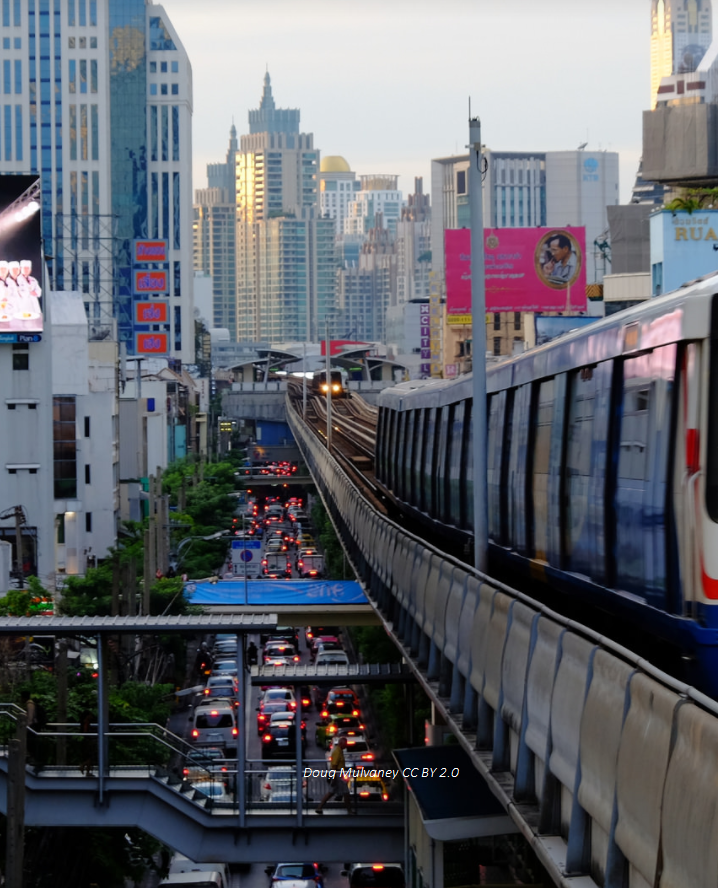Transit Oriented Development
25 publications in total
Transforming the urban space through transit-oriented development : the 3V approach
-
Country/ City
Global
-
Published On
January 01, 2017
-
Author(s)
Serge Salat and Gerald Olliver
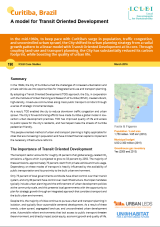
A model for Transit Oriented Development: Curitiba, Brazil
-
Country/ City
Curitiba, Brazil
-
Topic
Transit-oriented Development (TOD)
-
Published On
March 01, 2016
-
Author(s)
ICLEI
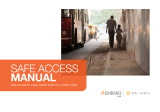
Safe Access Manual: Safe Access to Mass Transit Stations in Indian Cities
-
Country/ City
India
-
Topic
Health, Urban Planning, Mass Transportation System (MTS), Safety, Infrastructure and Services, Public Spaces
-
Published On
February 01, 2016
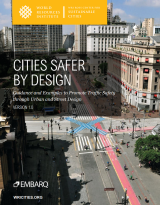
-
Published On
September 23, 2015
-
Author(s)
World Resources Institute
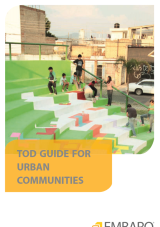
-
Published On
April 01, 2014
-
Author(s)
Claudio Sarmiento, Luis Zamorano, Robin King, Adriana Lobo, Salvador Herrera and Julie Clerc

